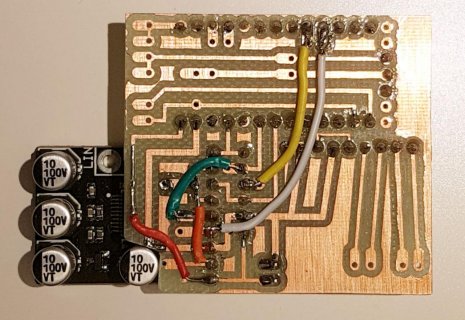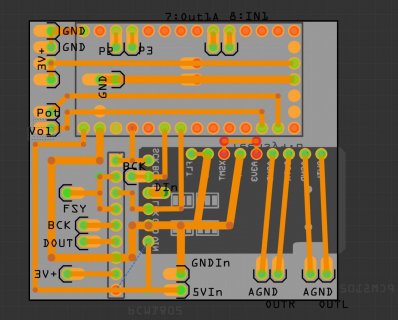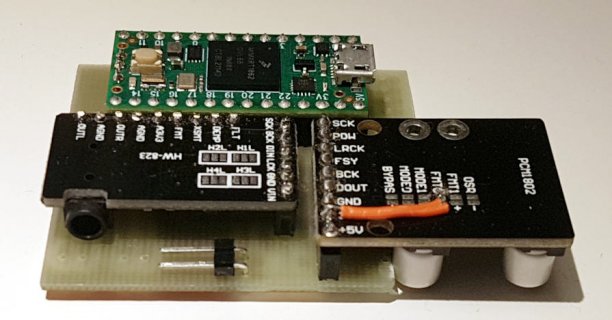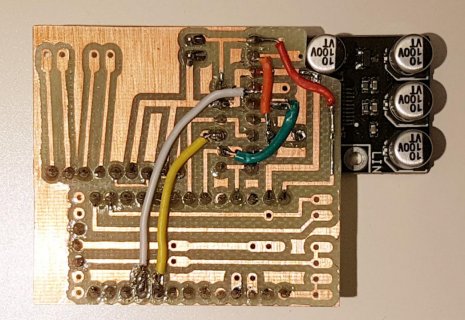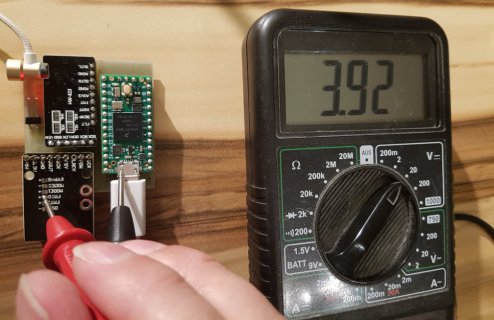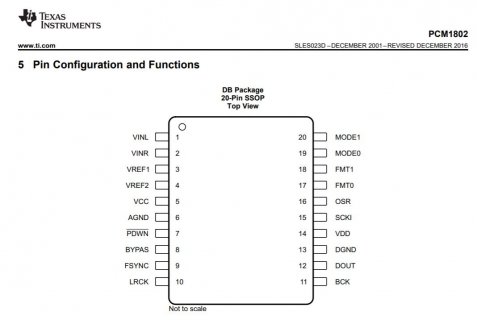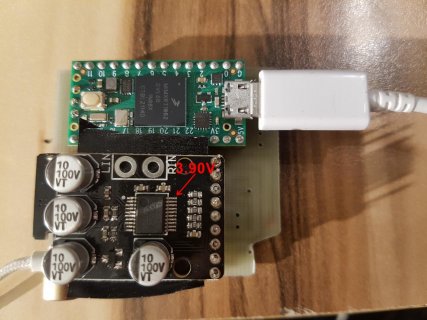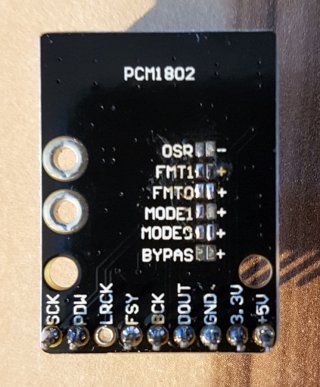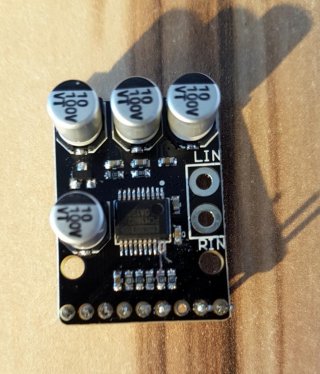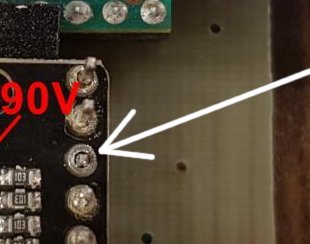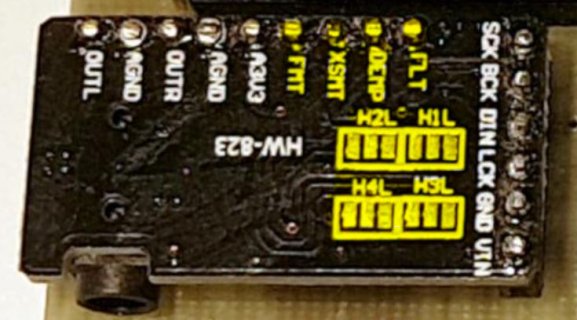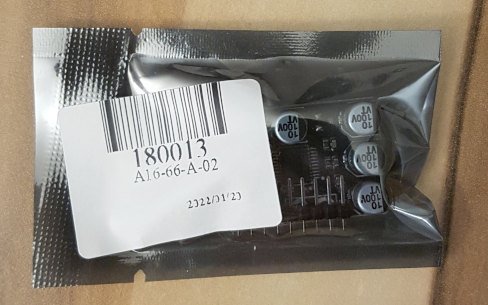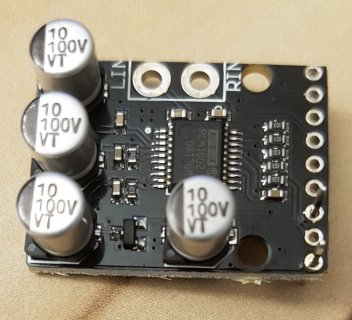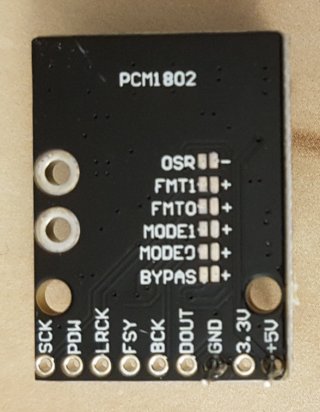Hello *.*
I`m trying to connect an ADC(1802) and DAC Board(5102) to the Teensy 4.0.
So far I think I could use the same connectors as the audio shield.
But I don`t know if I simply can share common pins such as MCLK to both boards to get the I/O synched or if both boards need seperate pins from Teensy.
(I`m creating a template in Fritzing. Then I`ll create a PCB with component headers using a cheap chinese CNC where I can simply attach Teensy and the AD / DAC boards without soldering)
Can someone confirm this could be working - or if I need to correct the design before routing the pcb?
Do I need to add a resistor, or cap to GND when connecting both modules to a single clock line to get rid of 'reflections' or noise?
I`m trying to connect an ADC(1802) and DAC Board(5102) to the Teensy 4.0.
So far I think I could use the same connectors as the audio shield.
But I don`t know if I simply can share common pins such as MCLK to both boards to get the I/O synched or if both boards need seperate pins from Teensy.
(I`m creating a template in Fritzing. Then I`ll create a PCB with component headers using a cheap chinese CNC where I can simply attach Teensy and the AD / DAC boards without soldering)
Can someone confirm this could be working - or if I need to correct the design before routing the pcb?
Do I need to add a resistor, or cap to GND when connecting both modules to a single clock line to get rid of 'reflections' or noise?
| ADC(1802) | DAC(5102) | Teensy 4.x | Function |
| SCK | SCL | 23 (MCLK1) | Audio Master Clock, 11.29 MHz |
| BCK | BCK | 21 (BCLK1) | Audio Bit Clock, 1.41 or 2.82 MHz |
| LRCK | LCK | 20 (LRCLK1) | Audio Left/Right Clock, 44.1 kHz |
| DIN | 7 (OUT1A) | Audio Data from Teensy to DAC | |
| DOUT | 8 (IN1) | Audio Data from ADC to Teensy |
Last edited:



